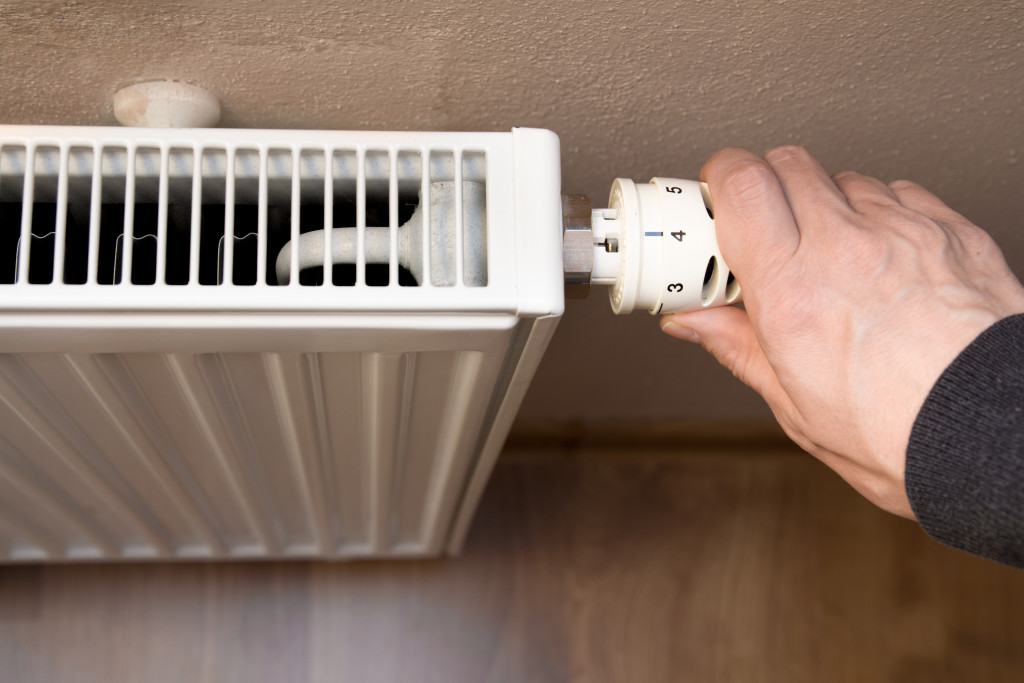Winter is indeed one of the best seasons of the year. Not only does it remind us of Christmas, but everything that comes with it, from the snow, holiday rush, warm days by the fire, and winter brews. While winter reminds us of these fantasies, the extreme cold can easily ruin our holiday spirits when our bodies can no longer endure the chill.
Like summer, winter can get really expensive if we don’t have the heating systems running all over the house. We can’t blame ourselves though, because cold weather can be quite an inconvenience in normal settings. It is tricky to stay warm without turning the heat. It only gets worse when a winter storm rolls through, leaving us with no power and no heat supply.
Whatever winter situation you are in, you are probably looking for ways to keep yourself warm without putting any pressure on your utility bills. Let us make your winter a little warmer by checking out these suggestions to keep your home warm and cozy without spending more.
Inspect, repair, and maintain
Before the first signs of winter, do all the necessary repairs for all your heating systems, from the water heater, radiator, register, and heat vent. This is a great tip to know everything about heating systems and how they work. Since you’ll be running them throughout winter, it is advisable to inspect them first.
Keeping the heating systems in tip-top shape comes with plenty of benefits. A well-maintained appliance means lesser issues, low utility bills, longer life expectancy, more efficiency, and maximum safety.
For those who have problems with their water heater, seek a professional water heater service if the water is lukewarm, leaking, rusty, stinky, or you have trouble getting hot water. The only thing you can do for your heating systems is to change the filter. Otherwise, it is advisable to leave the rest of the repairs to a professional repairer. A DIY repair is not a great idea, especially without knowledge about heating systems. Doing it yourself will only incur further damage and waste of money.
If you are willing to go the extra mile, installing smart heat systems is a practical choice for those who want to save more on utilities. Not only are they eco-friendly, but they are energy-efficient and cost-effective.
Seal and insulate

Every single hole, crack, or crevice makes a difference in the type of air circulating around your home. Blocking the wind is a proven winter-proofing technique to increase the temperature at a higher rate. This means making sure the windows, doors, and other entrances remain sealed to avoid air leaks.
Prevent the winter air from coming in by installing hanging curtains on every window to block possible drafts. A great tip is to use a two-curtain setup with liners to block drafts while letting the sunlight warm the house. If heavy, lined curtains are too expensive, an old blanket is a cheap alternative.
To check for drafts, use a burning incense and stick it on doors and windows and observe for changes in smoke movement. If there is, fix those gaps by using weatherstrip or caulk to seal the small leaks. If your home has draughts, reduce them by draught-proofing the doors and windows and block gaps in the skirting boards and the floor. Seal them by applying sealants, self-adhesive foam, chimney balloons, and rolled-up linens.
Insulating the house will also help prevent overspending on heating systems while maintaining the preferred indoor air temperature. You can start by laying a thick area rug to insulate bedrooms and keep the feet warm. For something stylish, go for faux sheepskin rugs for an added layer of flair and warm coziness.
Insulated windows and walls are a standard for most modern homeowners these days. But for older homes, supercharge the walls, attic, and ceilings to prevent the heat from escaping. You may also try applying heavy, lined drapes, window treatment insulation, heavy window coverings, mineral wool insulation, and other home insulation kits.
Layer on
If you still find yourself chilly, consider the type of clothes you’re wearing. Layering is the best way to retain body warmth. A bottom layer will wick the moisture away, then top it with a wool blend shirt and coat. For added heat, cool blend socks will keep the feet warm if you plan to go outside while wearing boots. Gloves are also a must, especially those with heat packets.
Body heat is another way to stay warm by cuddling up with someone. Not only does it have positive effects on health and wellbeing, but it is also a great bonding time with your loved ones.
The suggestions above are just some practical ways to keep the house warm without overspending on utilities. But when the temperatures drop at a dangerous low level, check for signs of hypothermia. This condition is a real health risk requiring urgent medical attention. To prevent such incidents, follow the tips that we have suggested to keep your home and family warm and cozy.
